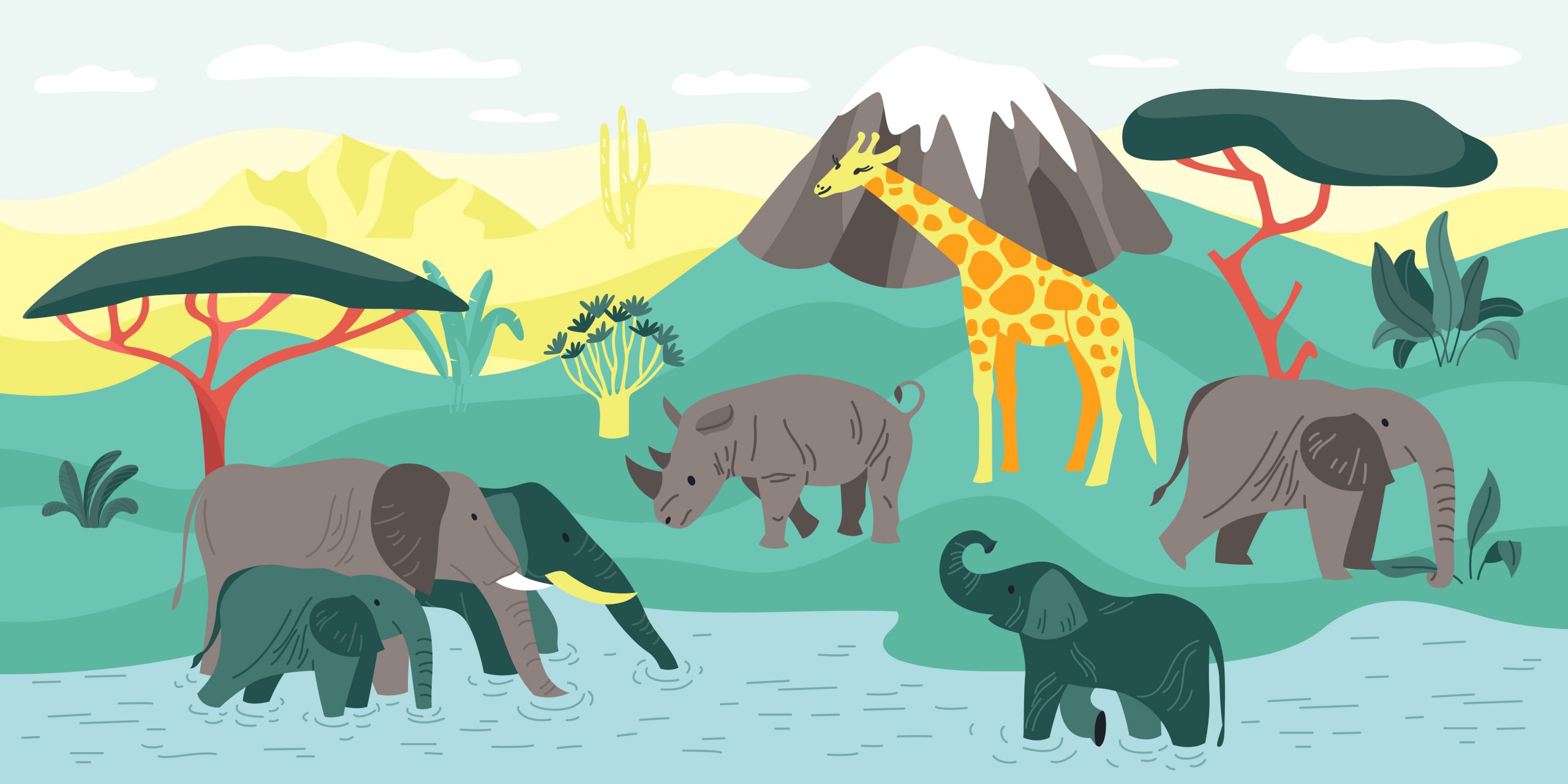News Highlights:
At the U.N. biodiversity conference in Montreal, negotiators reached an agreement to protect 30% of land and water considered important for biodiversity by 2030, known as 30 by 30
Kunming Declaration on biodiversity:
- About:
- It calls for urgent and integrated action to reflect biodiversity considerations in all sectors of the global economy but crucial issues – like funding conservation in poorer countries and committing to biodiversity-friendly supply chains have been left to discuss later.
- It calls upon the parties to mainstream biodiversity protection in decision-making and recognises the importance of conservation in protecting human health.
- By adopting this, the nations have committed themselves to support the development, adoption and implementation of an effective post-2020 implementation plan, a capacity-building action plan for the Cartagena Protocol on biosafety.
- The Protocol seeks to protect biological diversity from the potential risks posed by living modified organisms resulting from modern biotechnology.
- As per the declaration, the signatory nations will ensure that the post-pandemic recovery policies, programmes and plans contribute to biodiversity conservation and sustainable use, promoting sustainable and inclusive development.
Kunming-Montreal Global Biodiversity Framework:
- About:
- The 15th Conference of Parties (COP15) to the United Nations Convention on Biological Diversity (CBD) held in Montreal in December 2022 adopted the Kunming-Montreal Global Biodiversity Framework (GBF).
- The GBF includes four goals and 23 targets to address biodiversity loss and restore natural ecosystems by 2030.
- The GBF was agreed upon by representatives of 188 governments, including 95% of all Parties to the CBD, the United States and the Vatican.
- Targets:
- Protecting at least 30% of the world’s land, water, coastal, and marine areas
- Restoring at least 30% of degraded terrestrial, inland water, coastal, and marine ecosystems
- Reducing or eliminating the loss of areas with high biodiversity importance
- Cutting global food waste in half and reducing overconsumption and waste
- Reducing the use of pesticides and hazardous chemicals by half
- Phasing out or reforming subsidies that harm biodiversity by at least USD500 billion per year and scaling up incentives for conservation and sustainable use
- Mobilizing at least USD200 billion per year in funding from all sources for biodiversity-related causes
- Increasing international financial flows to developing countries to at least USD20 billion per year by 2025 and at least USD30 billion per year by 2030
- Preventing the introduction of invasive species and reducing the establishment of other known or potentially invasive species
- Requiring large and transnational companies to disclose their risks and impacts on biodiversity.
Four Overarching Goals of the GBF:
- Goal A:
- The integrity, connectivity and resilience of all ecosystems are maintained, enhanced, or restored, substantially increasing the area of natural ecosystems by 2050;
- Human-induced extinction of known threatened species is halted, and, by2050.
- The genetic diversity within populations of wild and domesticated species is maintained, safeguarding their adaptive potential.
- Goal B:
- Biodiversity is sustainably used and managed, and nature’s contributions to people, including ecosystem functions and services, will be valued, maintained and enhanced by 2050.
- Goal C:
- The monetary and non-monetary benefits from utilising genetic resources, digital sequence information on genetic resources, and traditional knowledge associated with genetic resources, as applicable, are shared fairly and equitably.
- Indigenous peoples and local communities and substantially to be increased by 2050
- Ensuring traditional knowledge associated with genetic resources is appropriately protected.
- Goal D:
- Adequate means of implementation, including financial resources, capacity-building, and technical and scientific cooperation.
- Access to and transfer of technology to fully implement the Kunming-Montreal global biodiversity framework are secured and equitably accessible to all Parties, especially developing countries.
- Closing the biodiversity finance gap of $700 billion per year
- Aligning financial flows with the Kunming-Montreal Global Biodiversity Framework and the 2050 Vision for Biodiversity.
Pic Courtesy: The Hindu
Content Source; The Hindu



